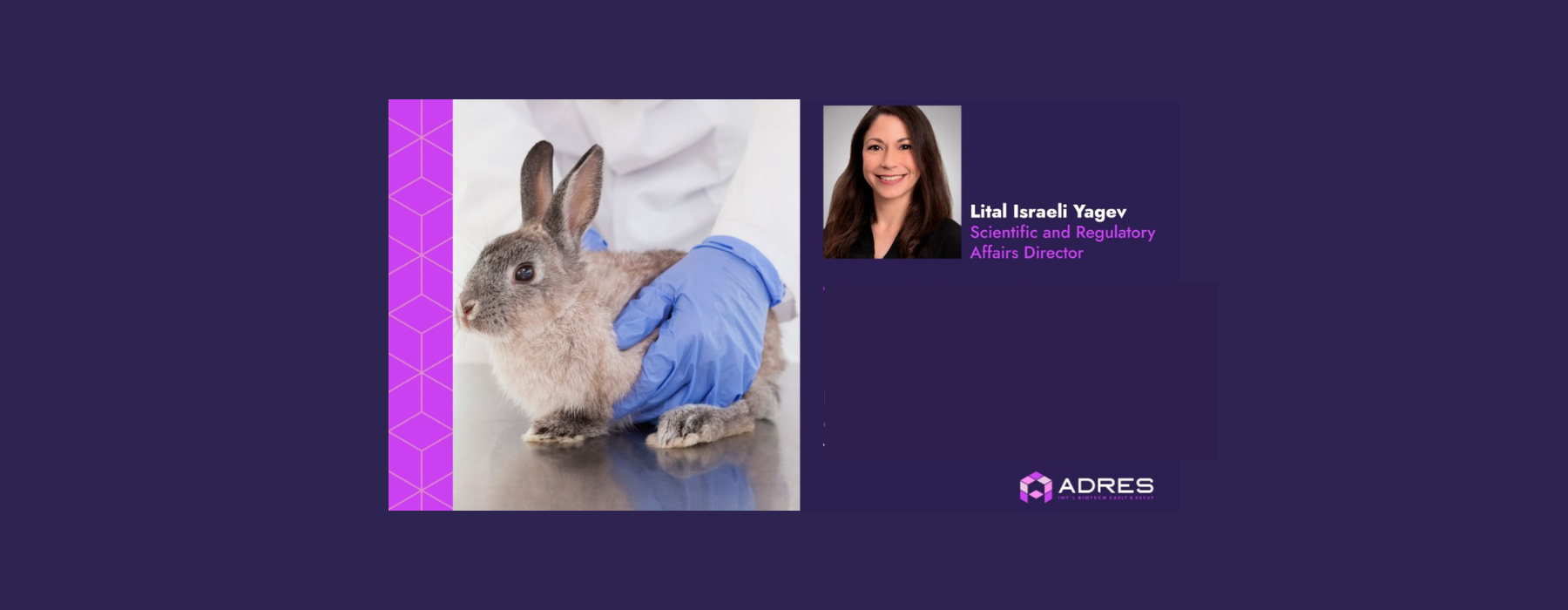What about the Third Stage? Continuous Process Validation (CPV)
Authored by Or Degany
In the intricate world of pharmaceutical and biopharmaceutical manufacturing, pharma regulatory consultants emphasize the importance of ensuring consistent quality and regulatory compliance. Continuous Process Validation (CPV) is a critical player in this arena, often recognized as the third stage in the process validation lifecycle. CPV’s primary aim is to demonstrate that a commercial pharmaceutical and biopharmaceutical manufacturing process remains in a state of control post-approval.
Understanding CPV Implementation Challenges
Implementing a CPV program, especially for legacy biopharmaceutical products with a long manufacturing history, poses significant challenges. These products, which have been licensed and manufactured over extended periods, may not initially align with contemporary CPV methodologies. Their process designs may be less rigorous, control strategies less developed, and process parameter classifications not fully accomplished. This gap between older manufacturing processes and current regulatory expectations requires careful navigation.
ADRES: Your Partner in CPV Implementation
At ADRES, we understand the intricacies of implementing CPV in the biopharmaceutical sector. Implementing CPV can be daunting, especially when dealing with legacy products. Understanding the nuances of process control, regulatory compliance, and quality assurance within the CPV framework requires expertise and experience.
If you’re navigating these complex waters, reaching out for expert assistance can make a significant difference.
Whether you are just beginning to explore the world of CPV or want to enhance your existing program, our team at ADRES is here to offer guidance and support. We are committed to helping you understand and implement CPV effectively, ensuring your pharmaceutical and biopharmaceutical manufacturing processes meet the highest quality and control standards.
If you have any questions or need further assistance, please feel free to reach out to us at https://adres.bio/contact-us.







 Skip to content
Skip to content